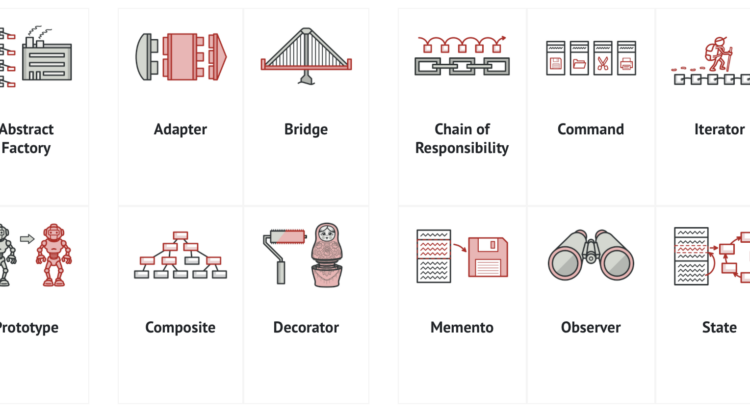Todo mundo quer ser rico e eu também.
E aí numa conversa descobri que meu ideal sagitariano e estóico de riqueza não é muito comum.
Prá começar, carro de luxo nem pensar. Prá que continuar preocupado com multas, batidas, lugar prá estacionar, depreciação? Quando eu for rico, só vou andar de táxi. Atravessar a cidade prá visitar a irmã? Táxi. Viagenzinha pro interior com a família? Táxi. Prá ver a paisagem, ler, conversar, cochilar.
Refeições eu faria em restaurantes. Todas as 3 refeições do dia. Todos os dias. Nunca mais me preocuparia se tá faltando ovo e brócolis e nem se as coisas na geladeira já vão estragar. Louça suja não existiria para mim. E o melhor: nunca mais teria que pensar 3 vezes ao dia o que preparar para as crianças comerem. Eu quero é ver o cardápio. Mas aí eu seria tão rico que também teria nutricionista prá prestar serviço ao vivo de montar refeição saudável e balanceada em todos os lugares que fossemos comer.
Cobertura? Casa de luxo? Faço nenhuma questão porque ainda teria que me preocupar com decoração que impressione amigos, manutenções sem fim, despensa de comida e material de limpeza, o que acumular e o que jogar fora. Quero não. Eu moraria em hotel mesmo. Cinco estrelas, claro. Tipo suíte do Copacabana Palace ou do Tangará, que já provei e aprovei para morar longas temporadas. Enjoei da decoração, do bairro, da cidade? Fácil, é só pagar a conta e ir a outro hotel. Ou resort. Ou outro lugar com serviço completo, daqueles que você sai para tomar café e volta e já tá tudo arrumado e dobrado.
“Ah, mas alguma hora cê não vai querer voltar prum canto que é só seu?” Não. Entendo que “voltar” presume “ter ido embora”, e creio que nunca fui embora de mim mesmo. A nossa morada somos nós mesmos, né não?!
“Ah, mas onde você vai guardar suas coisas?” Na nuvem e numas 2 malas de roupas, ou menos. O resto das coisas eu abriria mão imediatamente por esse estilo de vida desprendido e sem planejamento.
“Ah, mas aí cê estraga os filhos”. Verdade, eu precisaria pensar melhor nessa parte, mas dá uma preguiça…
Dizem que eu tenho uma concepção de pobre sobre essa riqueza pretérita. Chame do que quiser, eu só não quero compromissos, responsabilidades, ter que fazer compras, contratar manutenções para eletrodomésticos etc. Desprendimento seria o centro. Até a própria riqueza seria um acessório só para viabilizar conforto e mais desprendimento.
Pronto falei, podem jogar as pedras.
Publicado também no Facebook.


















